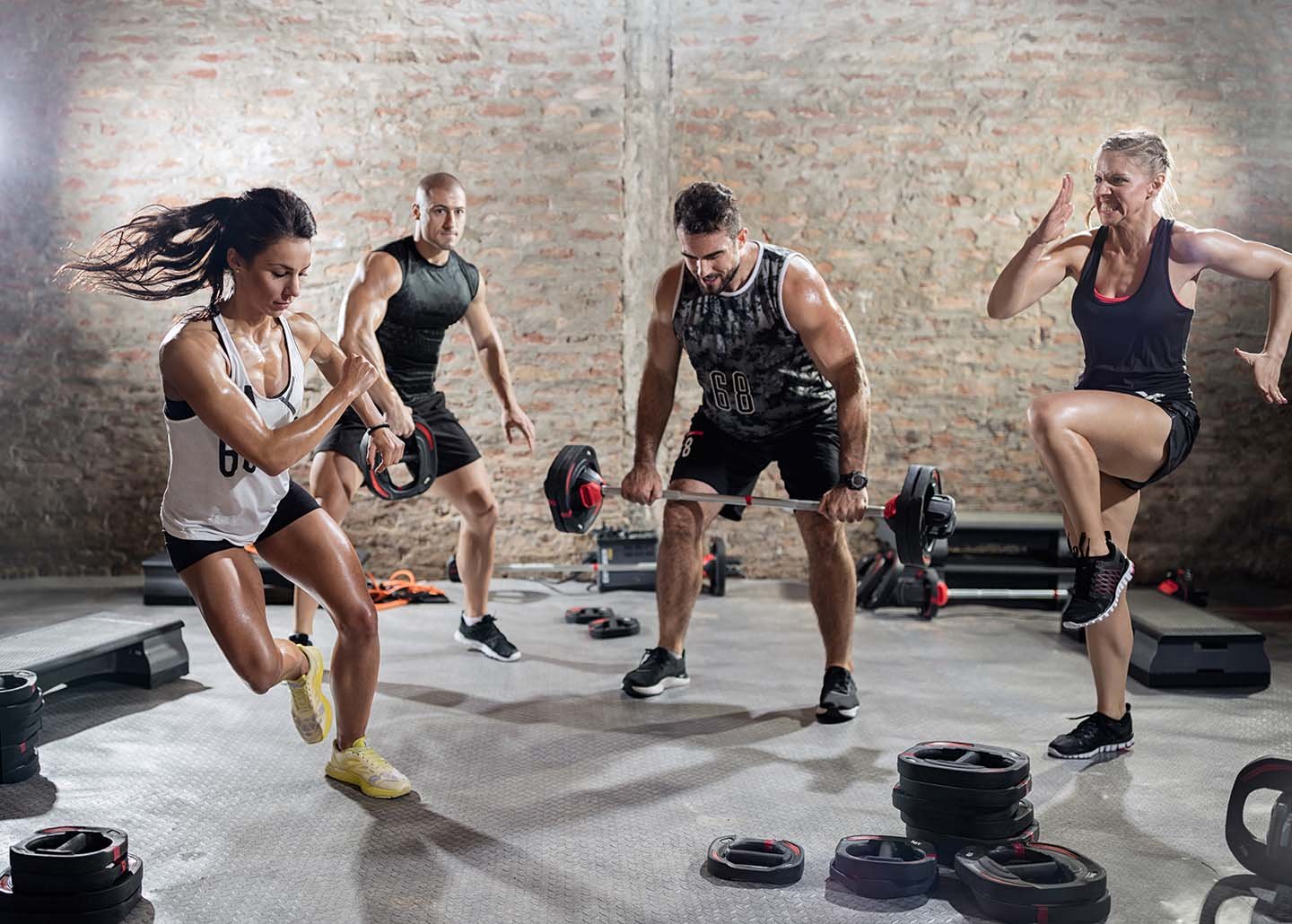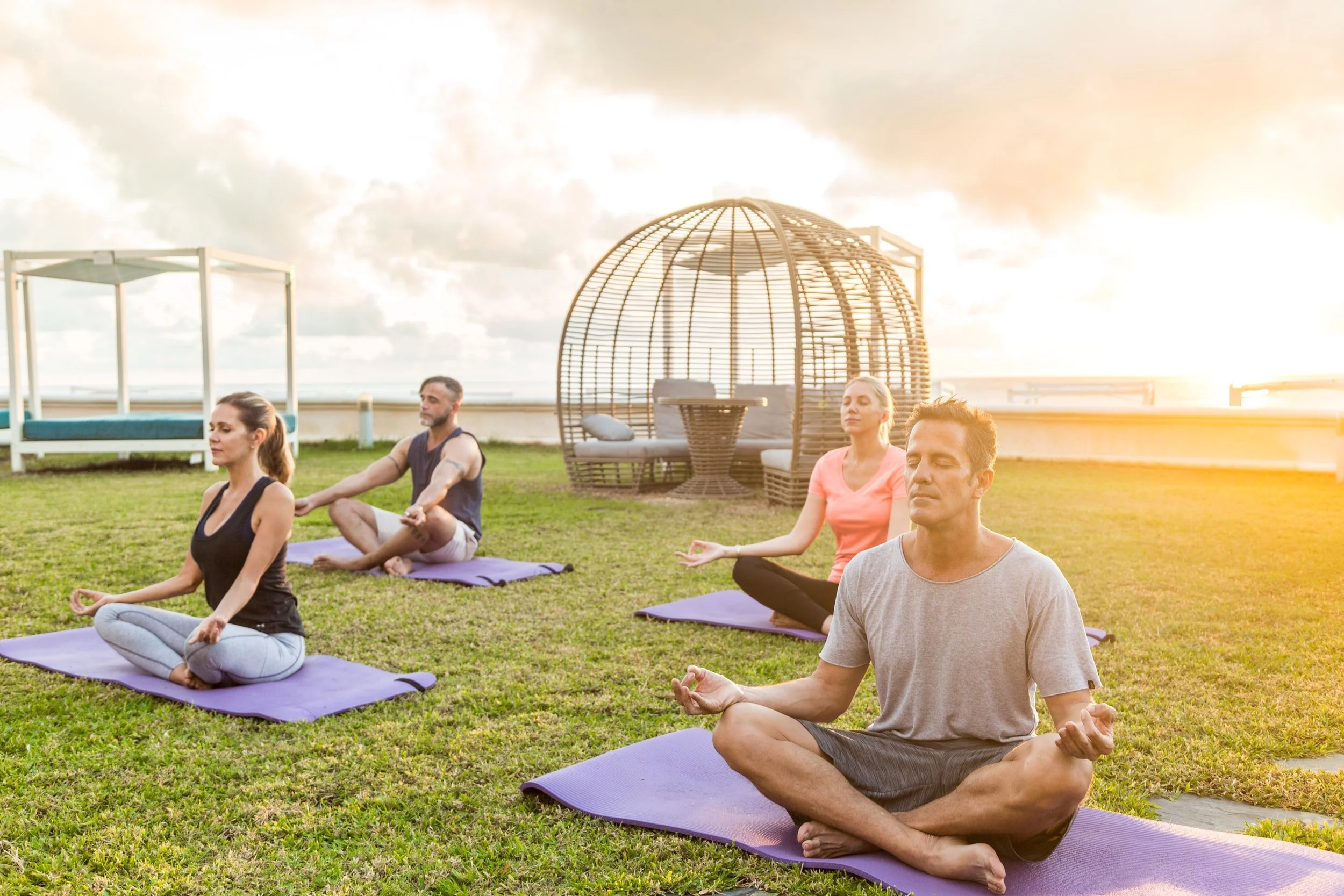How to perform proper push ups
How to perform push ups properly?
Push-ups are one of the most effective sports exercises. Push-ups are recommended even for children over 6 years old. Needless to say, how important are these exercises for adults who are less mobile than children and whose muscles require significantly more tension? There is no doubt about the use of push-ups from the floor - they give significant results even if modified.
Push-ups train primarily the upper body - both the core and arms:
biceps;
triceps;
pectoral muscles;
serratus anterior muscles;
deltoid muscles;
back muscles.
Push-ups develop endurance and stimulate muscle growth. Performing a set of push-ups from the floor is a widely used exercise for athletes and also beneficial to those who simply want to maintain their physique.
A basic explanation of floor push ups
Push ups from the floor should be performed as follows:
a) make sure to start on a flat surface,
b) position the arms shoulder-width apart,
с) make sure your fingers are pointing away from your feet,
d) feet should be hip-width apart,
e) feet should be resting on flexed toes.
With your arms straight, butt clenched, and abs braced, steadily lower yourself until your elbows are at a 90-degree angle or less. Depending on your level of experience, age, and flexibility, 90 degrees might be the lowest you’re able to go. Personally, I like to go down until my chest (not my face), hits the floor. That way, I know I’m going the same distance each and every time.
Try not to let your elbows go flying way out with each repetition. Keep them relatively close to your body, and keep note of when they start to fly out when you get tired.
Once your chest (or nose/chin) touches the floor (or your arms go down to a 90-degree angle), pause slightly and then explode back up until you’re back in the same position.
Modification is not always wimping out!
Lightweight push-ups.
Those who are just starting to train should form a set of push-ups using modified form.
The wall is the easiest option: stand roughly 1-2 feet from the wall, place your hands chest height and raise your heals.. As you inhale, bend your arms, approach the wall, while exhaling, return to the starting position.
Bench or steps - if you put your hands on the bench or on the step, it will be easier to do push-ups.
Push-ups with knees bent to the ground rather than the toes are much easier.
These exercises will initially train the muscles and prepare them for full push ups in the future.
Weighted push-ups.
Weighted push-ups are more advanced than basic push-ups. For enhanced training of different muscle groups, it is worth alternating different types of push-ups.
Push-ups on fists - the area of support is smaller than when resting on the palms, therefore it is more difficult to perform this type of push-ups. This type of push-up additionally trains the joints;
Push-ups on your fingertips - exercise for the advanced exerciser or athlete;
Push-ups on one arm (the second behind the back) also increase the load;
Bench or Steps - By raising your feet these push-ups are more difficult. The higher the bench, the more the center of gravity shifts and the more effort it takes to push-up;
Weights - dumbbells, barbell pancakes, special vests, or backpack with a load increase the workload on the back muscles.
These exercises are convenient because they can be easily performed not only in a specially equipped gym, but also at home - and can be just as effective.
Do weighted push-ups only after you have mastered the basic push-up pattern. In this exercise, quality is very important: start with low reps, two are enough to start, using correct push-up technique is paramount.
How many push-ups to do?
A table of push-ups from the floor will help figure it out. It is important to practice at least three to four times a week - this intensity will be enough, because the muscles need rest.
The program is designed for 3.5 months, each training consists of five approaches.
1 week - 20; 20; 15; 15; ten.
2 week - 25; 25; 20; 15; ten.
3 weeks - 30; thirty; 25; 20; 15.
4 weeks - 35; thirty; 25; 20; 15.
5th week - 40; 35; 25; 20; 15.
6th week - 40; 40; thirty; thirty; 20.
7th week - 45; 40; 35; 35; 25.
8th week - 45; 45; 35; 35; 25.
9th week - 50; 45; 35; 35; thirty.
10 week - 50; 50; 40; 40; 35.
11th week - 55; 50; 40; 40; 35.
12 week - 60; 55; 40; 40; 35.
13th week - 60; 60; 45; 45; 40.
14th week - 65; 60; 45; 45; 40.
15 week - 65; 65; 45; 45; 40.
If you practice according to this table, then as a result you can bring the number of push-ups to 260. The program can be complicated if you perform not only classic push-ups, but also push-ups from the floor with a narrow grip. , push-ups with weights or on chairs.












